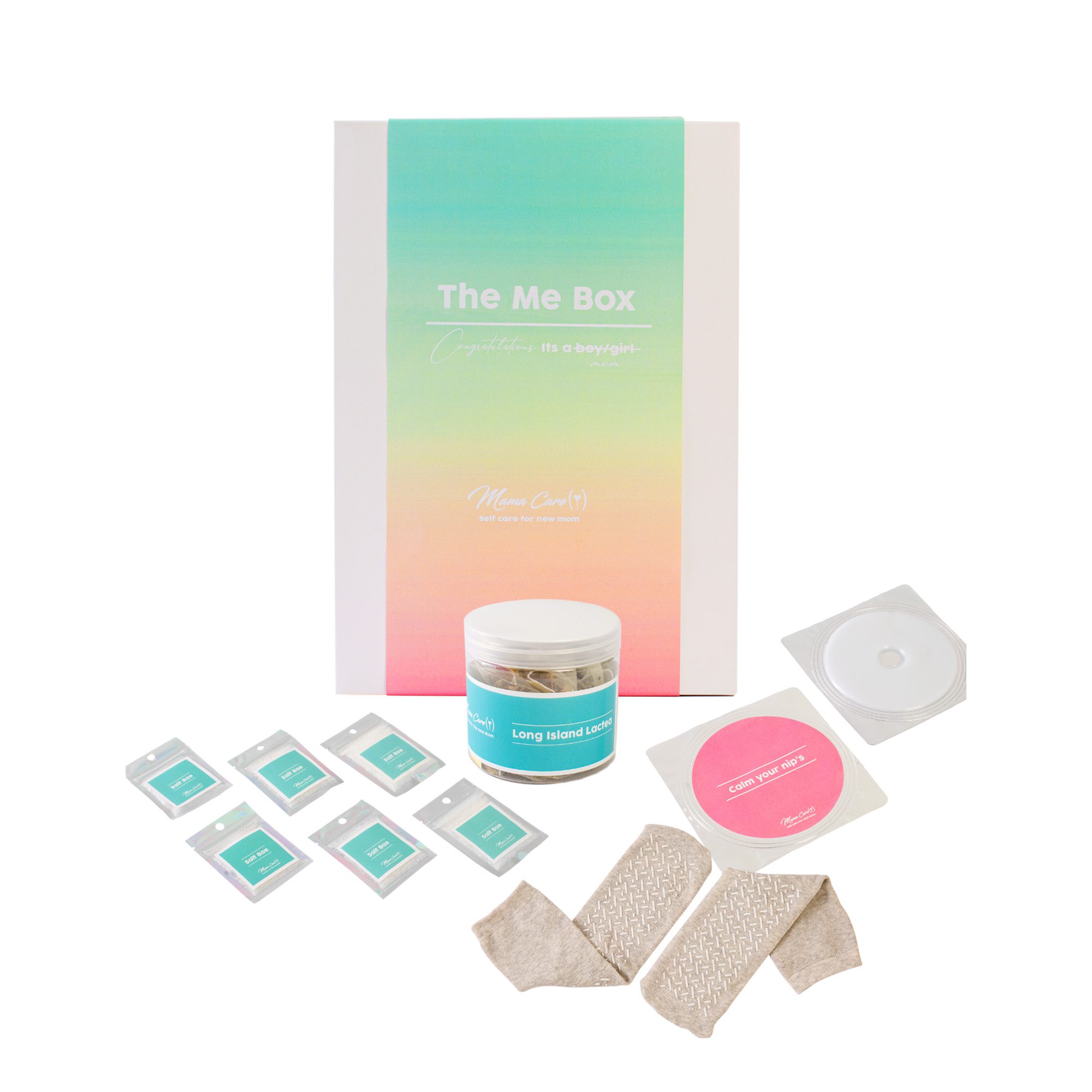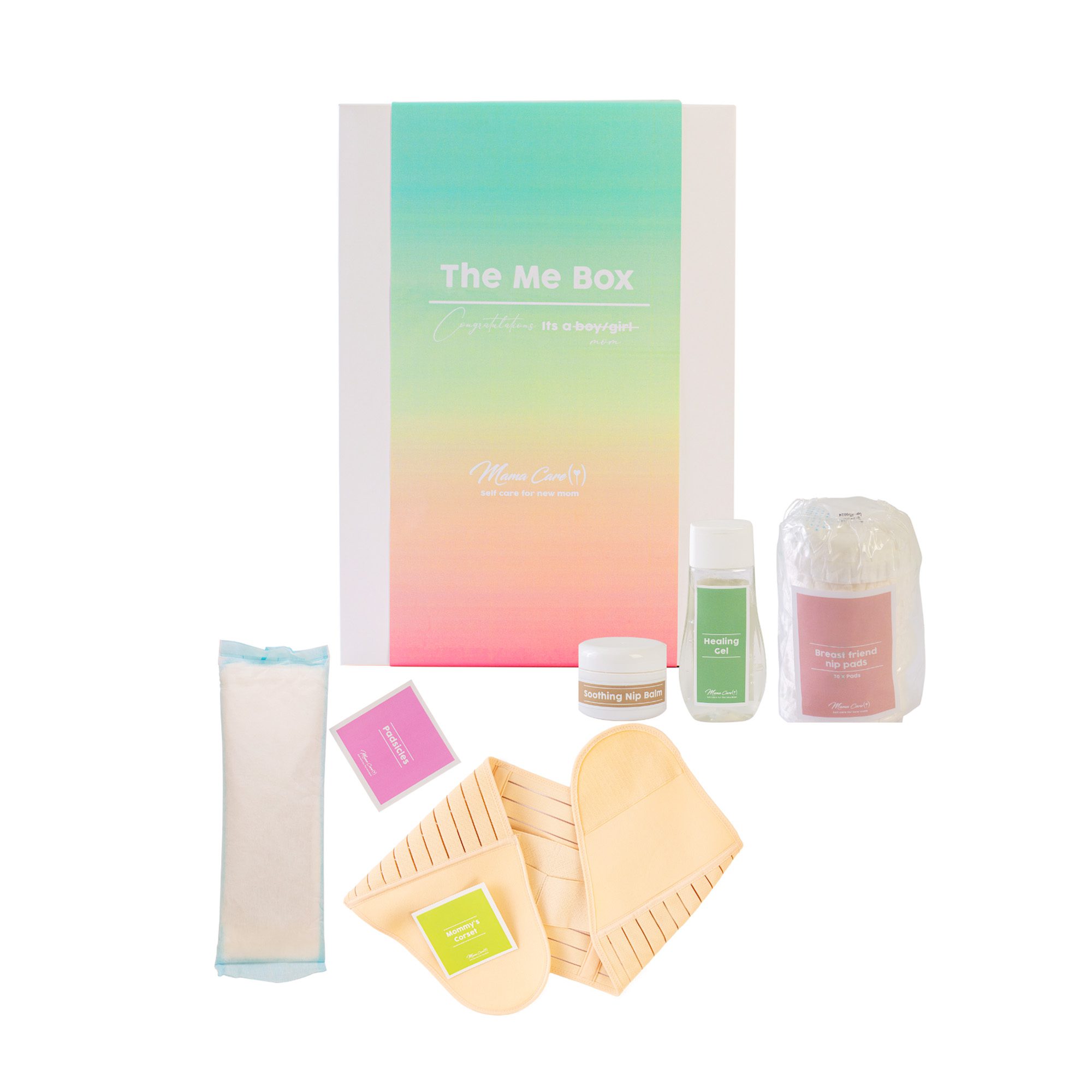Tips for Baby-led Weaning


Baby-led weaning is a child-centered approach to feeding and transitioning from breastfeeding to a solid food diet. Allowing baby to set the pace — eat when hungry and stop when full — is a responsive feeding approach, one that has been positively associated with healthy eating and body weight.
If you choose to use a BLW approach to feeding your baby, follow these tips to ensure safety and success:
- Exclusively breast-feed your baby for the first six months.
- Continue breast milk (preferable) or formula for at least the second six months of life. No regular cow’s milk or milk alternatives until after a year of age, and then whole fat sources should be used until age two.
- Make sure baby shows developmental-readiness for solid food by sitting upright without props or assistance, reaching for food, or showing other signs of interest.
- Feed your baby the food your family eats (soft-cooked, well-cooked or cut into graspable pieces).
- Offer a variety of foods from all the food groups. Don’t rely on starchy foods like crackers, breads and cereals.
- Understand the unique and important nutrient needs of your baby, including iron, zinc, vitamin D, total fat, and DHA.
- Let baby regulate his or her eating.
- Watch for signs of choking.
Reviewed by Dr. Sara Connolly, December 2018
Sources:
- Brown A, Lee M, Maternal control of child feeding during the weaning period: differences between mothers following a baby-led or standard weaning approach. Maternal & Child Health, 2011; 8: 1265-71.
- Brown A, Lee M, An exploration of experiences of mothers following a baby-led weaning style: Developmental readiness for complementary foods. Maternal & Child Nutr, 2013; 2: 233-43.
- Townsend E and Pitchford N, Baby knows best? The impact of weaning style on food preferences and body mass index in early childhood in a case-controlled sample. BMJ Open, 2012; 2: e000298.
- American Academy of Pediatrics Section on Breastfeeding, 2012 Policy statement: Breastfeeding and the use of human milk. Pediatrics, 129, e827-e841.
- Dietary Reference Intakes. Food and Nutrition Board, Institute of Medicine, National Academies.
- Rapley G and Murkett T, Baby-Led Weaning: Helping Your Baby Love Good Food. Vermillion: London, UK, 2008.
- Castle J and Jacobsen M, Fearless Feeding: How to Raise Healthy Eaters from High Chair to High School. Jossey-Bass: San Francisco, CA, 2013.
Powered by Bundoo®













































